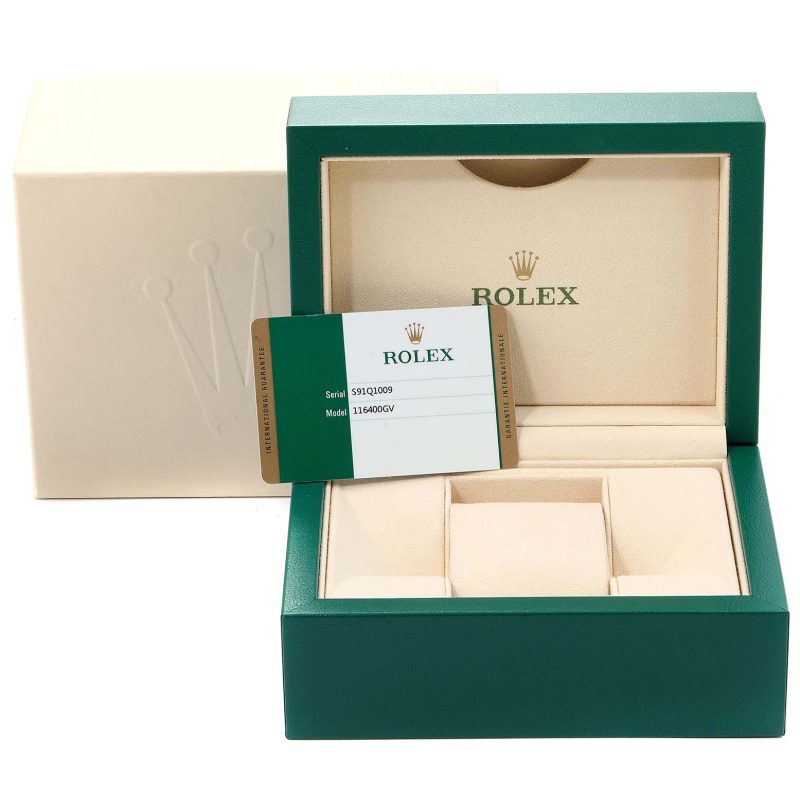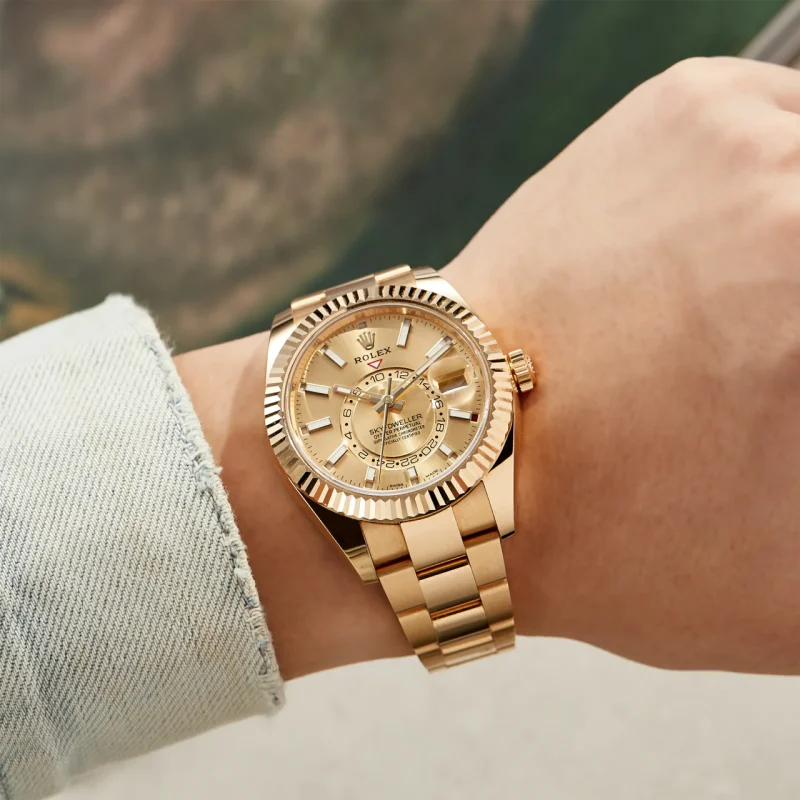Factory
How Rolex Became Television’s Ultimate Status Symbol
Rolex stands alone, not merely as a watchmaker, but as a cultural icon synonymous with achievement and refined taste. Its position is undeniable, recently cemented by Brand Finance’s ranking among the world’s elite luxury brands alongside Porsche, Ferrari, Hermès, Gucci, and Louis Vuitton. As the sole Swiss watchmaker in this prestigious top ten, replica Rolex’s dominance reflects a popularity and influence reaching unprecedented heights. Nowhere is this cultural resonance more vividly displayed than on our television screens, where the brand serves as an indispensable visual shorthand for character depth, ambition, and social standing across some of the most acclaimed recent series.
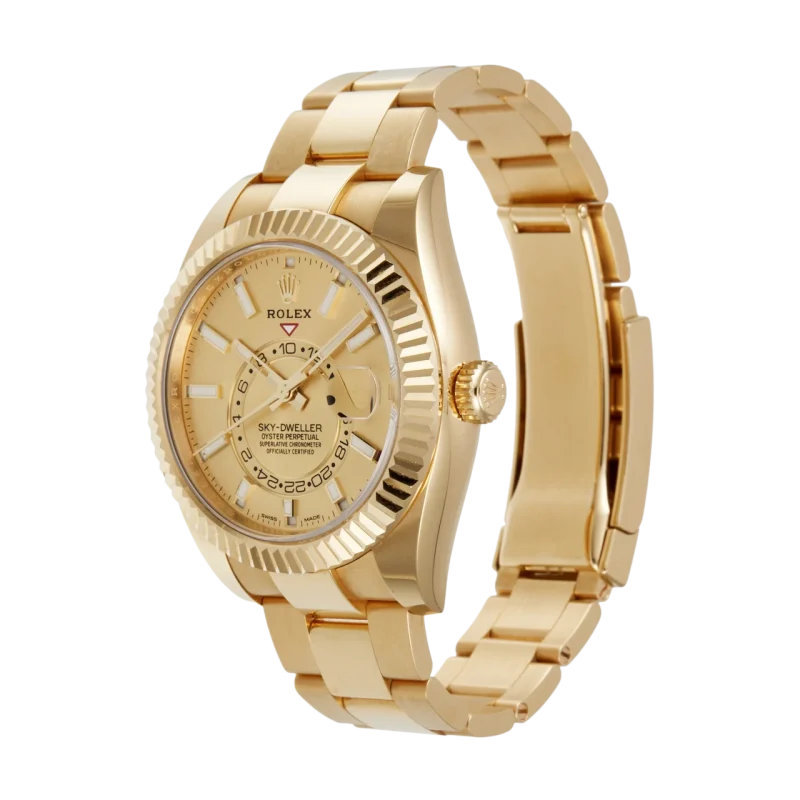
Consider the deliberate choices made by costume designers seeking to instantly communicate a character’s essence. In Guy Ritchie’s gritty London underworld drama MobLand, Tom Hardy’s character, the ambitious fixer Harry Da Souza, wears a singular emblem of his aspirations: a Rolex GMT-Master II reference 116718LN. Crafted from solid 18k yellow gold, its black dial and matching black ceramic bezel speak volumes. Costume designer Rebecca Hale selected this piece precisely for its powerful yet understated presence. “The watch needed to be versatile yet understated,” she explained, “a sign of ranking in an otherwise minimal wardrobe.” It is Da Souza’s sole, potent declaration of success amidst the shadows.
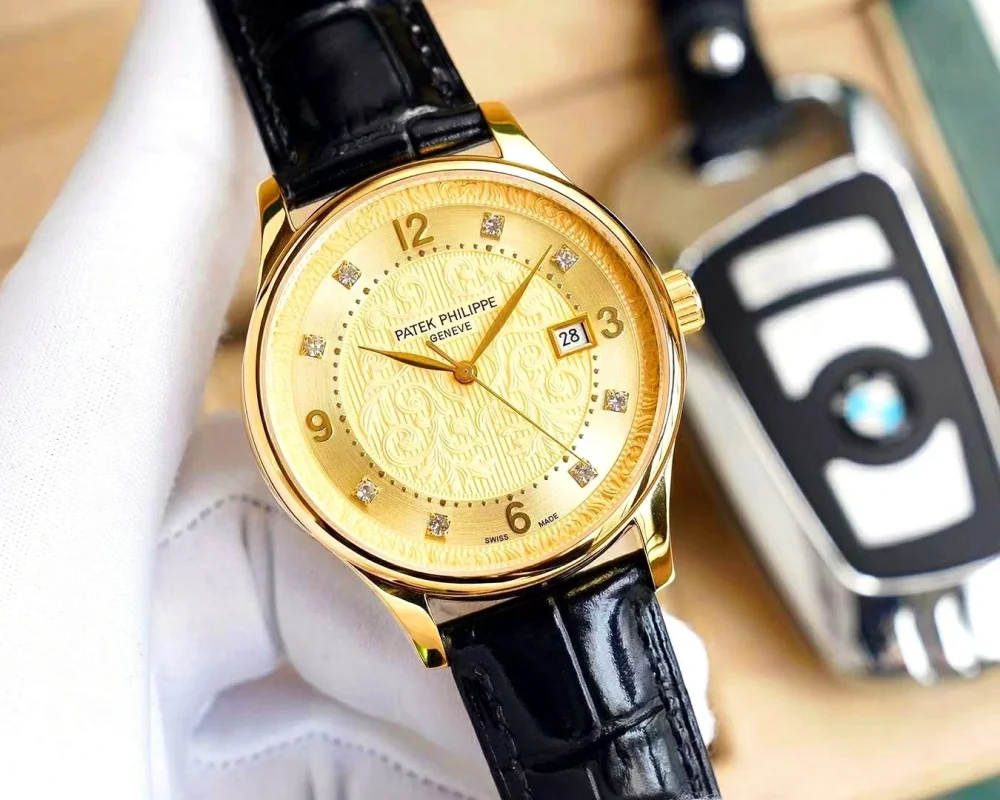
Ritchie’s world extends into The Gentlemen, where Max Beesley portrays Henry Collins, a boxing promoter navigating the murky waters of money laundering. Collins’s journey up the criminal ladder is subtly tracked by his evolving wristwear. Initially seen with a classic yellow-gold Rolex Day-Date, his ascent is marked by the acquisition of a solid gold Rolex Daytona reference 16528. This deliberate switch isn’t just about increased opulence; the choice of a discontinued Daytona model adds a layer of connoisseurship. It signals Collins’s appreciation for heritage and enduring value, a sophistication beyond merely flaunting the latest trend.
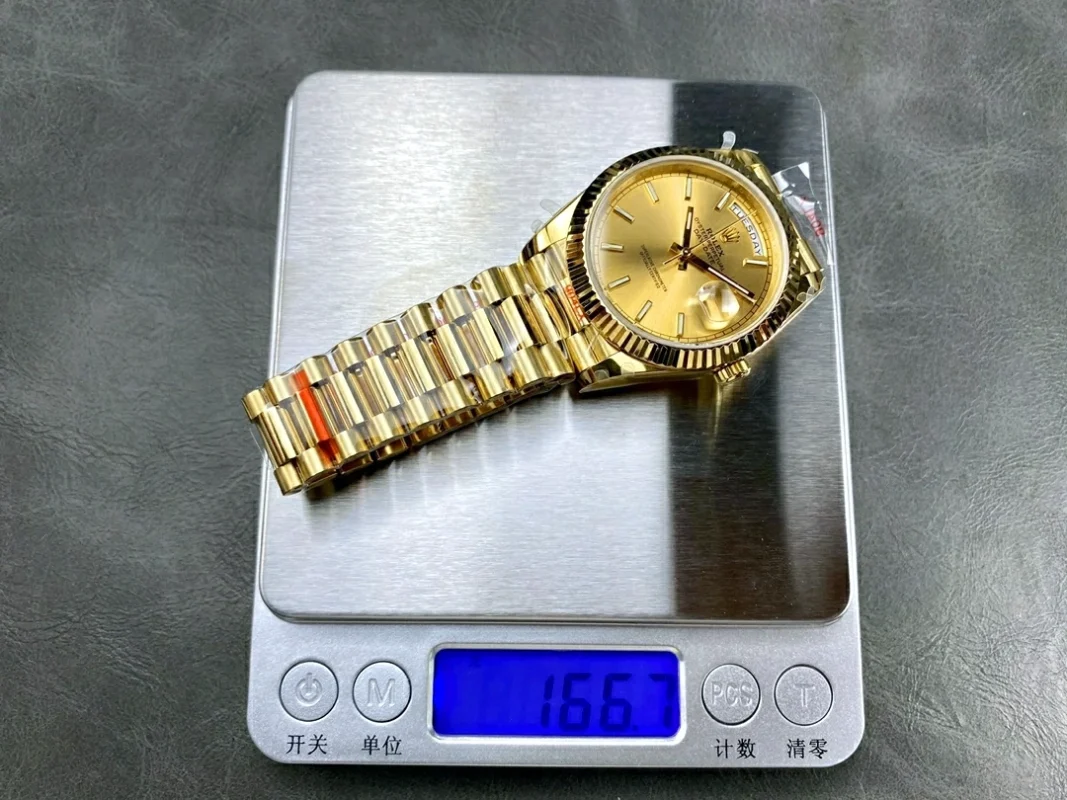
The narrative power of a fake Rolex extends beyond underworld power plays. In Apple TV+’s hit Your Friends & Neighbors, Jon Hamm embodies Andrew “Coop” Cooper, a disgraced financier whose fall from grace leads him to steal luxury goods. His initial choice, fittingly, is a classic Rolex Datejust 36mm in Rolesor (gold and steel). While inherently valuable, this replica watch becomes almost modest within the context of Coop’s escalating thefts, which later include pinnacle pieces like a Patek Philippe Nautilus and an Audemars Piguet Royal Oak. The Datejust serves as his entry point, a recognizable symbol of the affluent life he desperately clings to.
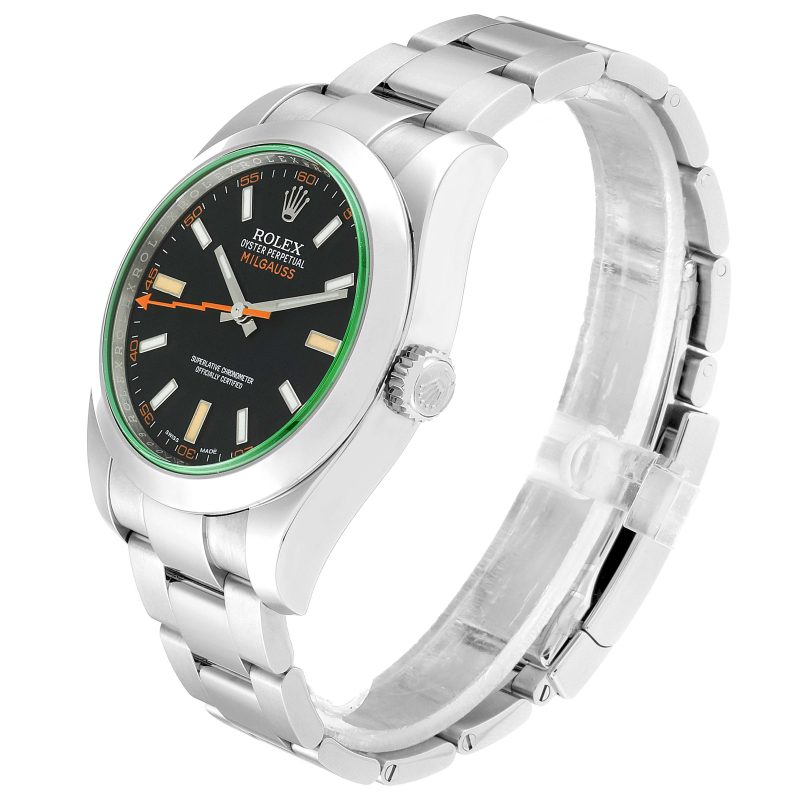
Even the sun-drenched, darkly comedic world of The White Lotus relies on Rolex to delineate status. In its third season, Patrick Schwarzenegger’s character, the troubled son Saxon Ratliff, wears a discontinued Rolex Milgauss reference 116400GV. Its unique lightning bolt seconds hand and green sapphire crystal hint at individuality within privilege. His father, Timothy Ratliff, portrayed with chilling authority by Jason Isaacs, opts for unambiguous power: a Rolex Day-Date reference 228238 in solid 18k yellow gold, its black dial set with imposing baguette-cut diamonds. Meanwhile, the brilliantly unpredictable Walton Goggins, as Rick Hatchett, selects a Rolex Datejust reference 116234 in steel and white gold, distinguished by its understated black alligator-grain leather strap – a choice suggesting a quieter, perhaps more established, confidence.
Strategic placement of Rolex across diverse and wildly popular television landscapes underscores its unmatched position. It transcends mere product placement; these watches function as essential narrative tools. Whether signaling Harry Da Souza’s gritty ambition in MobLand, Henry Collins’s acquired taste in The Gentlemen, Coop’s initial grasp at his former life in Your Friends & Neighbors, or the stratified wealth within The White Lotus, a Rolex consistently conveys layers of meaning. It remains the preeminent symbol, instantly understood by audiences worldwide, representing the intricate interplay of success, sophistication, and the relentless human drive for recognition. On television’s grand stage, Rolex doesn’t just tell time – it tells us who the characters truly are.
